Innovation in healthcare organizations is central to delivering better care, improving the health system and providing an improved quality of life experience for patients. Australia has an ageing population, and as disease profiles change and new health priorities emerge, spending on older Australians healthcare continues to escalate.
While technology plays a key role in healthcare innovation, it’s important that that it remains healthcare sector centered and not technology centered, so that patient care is continually kept in mind to improving patients life.
Over the past few years, Australia health care systems have has shown its commitment to using innovation to solve some of the biggest health issues of our time. A good example of this is Greg Beaver, founder of Health Tech Innovation Queensland, who called for the creation of a health tech ecosystem. The aim is to build links to overseas investors who could help develop the health tech ecosystem in Australia.
The University of Sydney also recently launched a Health Technology Innovation master’s program out of the Charles Perkins Centre, bringing together health professionals, IT specialists, and engineers to find real-world, innovative solutions for cardiovascular disease, diabetes and obesity.
Here are three more examples of the Australian healthcare industry embracing innovation in health and aged care services:
Scheduling
One out of every eight Australians will need to see their GP an average of once a month for a face to face visit. A typical visit involves calling for an appointment, arriving slightly before their appointment time and then waiting for a long time as other appointments often run late. Because of this, patients are more likely to only schedule an appointment when they have no other choice instead of being proactive with their symptoms.
Developers are working on apps that will give real-time updates for those working in the healthcare industry, allowing patients to know when they should arrive and cutting down on the number of people sitting in waiting rooms- a common way that bugs spread between patients.
Globally, doctors are using recent innovations like remote monitoring devices and video calling to keep in better contact with their patients and oversee their recovery from surgery which helps to provide better home care treatment.
Sensor technology
Leading aged care provider Benetas has installed sensor flooring technology at its newest facility for their aged care sector. The aged care system technology is installed beneath the normal flooring and emits a low-level current along the floor, interacting with anyone like older people who happens to be standing on it- almost like the touchscreen of an iPad.
The floor tells staff if someone has taken a fall, and gives other information that allows staff to respond more quickly to incidents, especially during the night. It also lets staff know if a resident has changed behaviour or begun a new habit like wandering the halls. This residential aged care technology can give aged care residents a greater sense of freedom and safety while also reducing injuries and cutting business costs as staff can focus on proactive care instead of continual routine monitoring systems.
3d printing
Many people are unaware that approximately 95% of hearing aids are created by using 3d printing, and there are numerous ways that innovations with this technology will change the healthcare industry business models which fulfil customer experience.
A human liver has already been created with 3D printing, and there are huge implications for our ability to fight disease, create organs that won’t be rejected, and reduce our reliance on organ donation.




